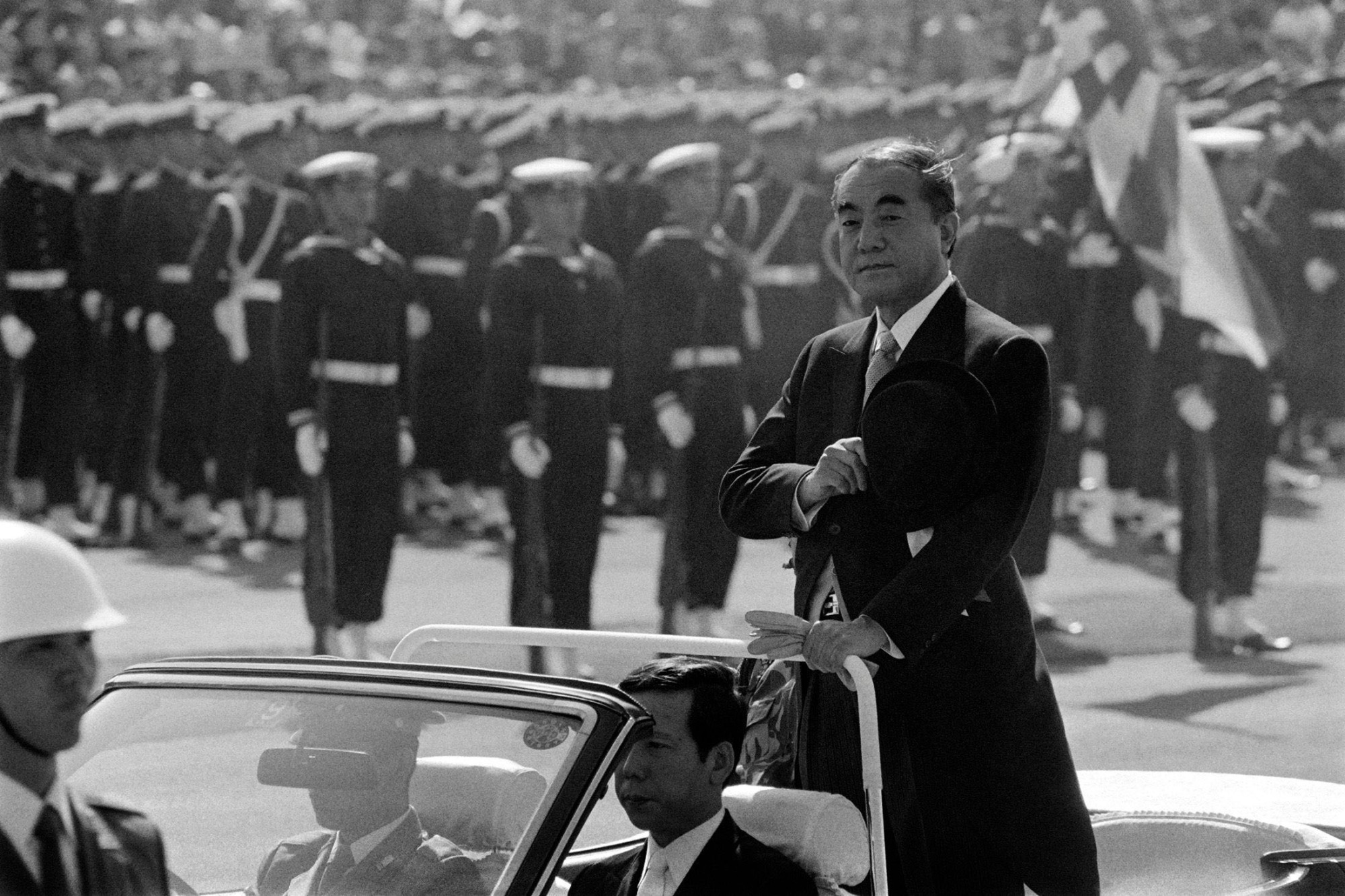When former Prime Minister Yasuhiro Nakasone passed away on Nov. 29, the development understandably saw a raft of commentary noting his significance from a range of perspectives. One of the lenses through which his significance can be viewed is the state of U.S. Asia policy in the 1980s, which Nakasone found himself in the midst of as the leader of Japan at that time.
The United States' Asia policy in the 1980s evolved in a context where, despite the normalization of U.S. ties with China and detente with the Soviet Union in the 1970s, the Cold War was still playing out in Asia with the Soviet military buildup in the Pacific even as key Asian economies were achieving high levels of growth.
During this period, the administration of U.S. President Ronald Reagan sought to roll back Soviet gains in the region; improve relations with major Asian powers such as Japan in a rising Asia after the focus on China that had been seen previously; thread the needle between ideals and interests amid democratic transitions in the Philippines and South Korea; and manage rising protectionist sentiment at home.


















With your current subscription plan you can comment on stories. However, before writing your first comment, please create a display name in the Profile section of your subscriber account page.